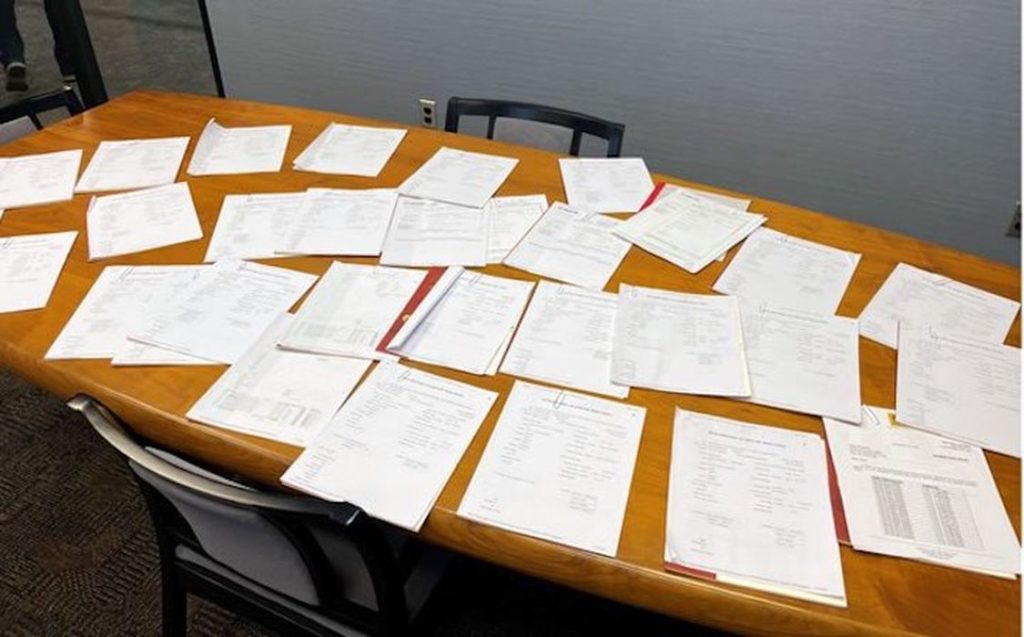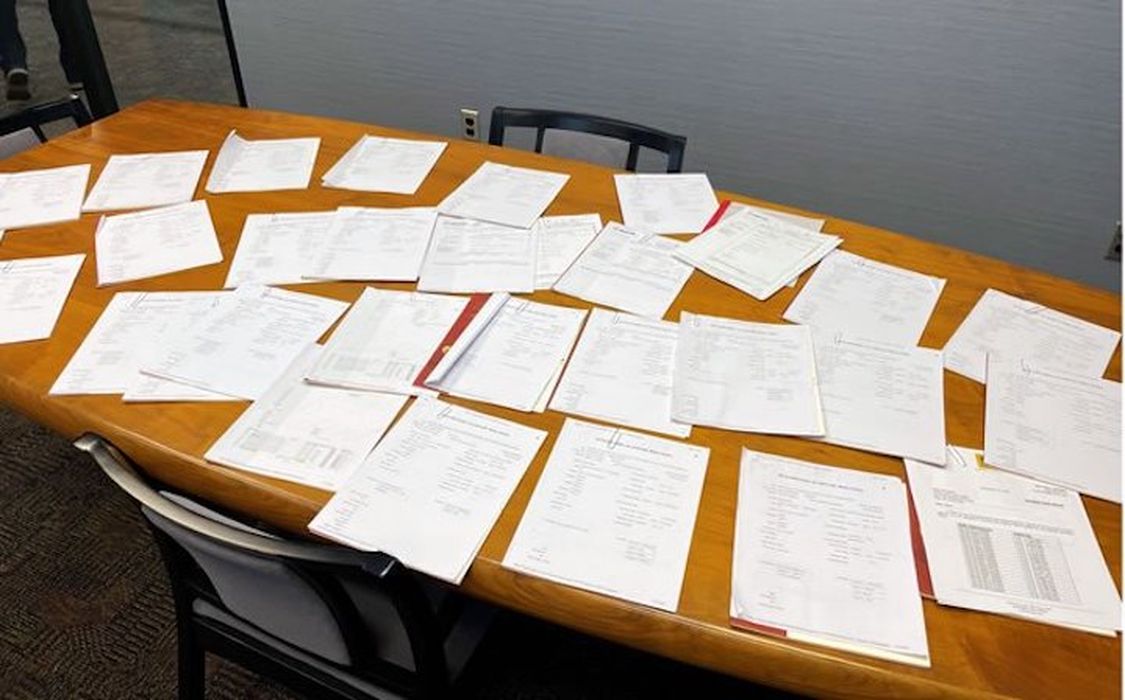
Thermwood announced they’ve received another 32 patents for additive manufacturing methods, adding to their massive pile.
If you’re not familiar with Thermwood, the Indiana-based company has been producing CNC equipment since 1969. More recently, however, they entered the additive manufacturing market with their LSAM devices.
“LSAM” stands for large scale additive manufacturing. Basically their process is one of coarse and rapid polymer extrusion combined with CNC smoothing. They are able to 3D print truly enormous 3D prints, including the largest single 3D print I’ve ever seen in person.
Their equipment is not for everyone, but certainly large scale 3D printed applications should consider Thermwood’s options.
This past week the company announced they’ve received another 32 patents related to LSAM and additive manufacturing. In truth, they had actually already received the grants for these specific patents electronically, but were just receiving the physical patent for display and records.
Thermwood said:
“A couple of days before Christmas 2021, we received a package containing the official hard copy of 32 additive manufacturing patents. This was certainly a one-day record for Thermwood and a welcome sight!”
Hold on a second. Thirty-two patents? One-day record? That seems like a large number, as that is more than many 3D printer manufacturers have as their entire patent portfolio.
How many patents does this company hold?
I took a look at their patent portfolio and was amazed. I found dozens and dozens of patent grants and many more in pending state. There are many patents in their portfolio, but are they all related to additive manufacturing?
No, they are not. That’s because the company launched in 1969, and has been continuously adding patents related to their activities. Their earliest patent appears to be from 1977, and that’s obviously nothing to do with 3D printing.
However, many of their pre-AM patents could relate to additive activities because they deal with motion systems and other aspects that could be applied to 3D printer construction.
Nevertheless, they have plenty of patents issued their their AM phase after 2015. There are far too many to describe in detail here, but I can show you some of the patent titles to pique your interest:
- US10037022 Methods Of Adjusting Layer Print Speed On 3D Printing Machines
- US10105894 Compression Roller Design And Method For Additive Manufacturing
- US10245788 Methods And Apparatus For Thermal Compensation During Additive Manufacturing
- US10549477 Methods And Apparatus For Controlling An Applicator Head During Additive Manufacturing
- US10569523 Methods Of Securing An Initial Layer During Additive Manufacturing Of Thermoplastic Material
- US10668664 Systems And Methods For Printing Components Using Additive Manufacturing
- US10723074 Print Head For Additive Manufacturing
- US10786944 Near Net Shape Additive Manufacturing
- US10889058 Apparatus And Methods For Additive Manufacturing At Ambient Temperature
- US10933586 Apparatus And Method For Printing Large Thermoplastic Parts During Additive Manufacturing
- US11155039 Warp Compensation For Additive Manufacturing
- US2019/094068 Improved Compression Roller Design And Method For Additive Manufacturing
- US2021/167929 Methods And Systems For Producing Boat Molds By Additive Manufacturing
- US3003067 Methods And Apparatus For Processing And Dispensing Material During Additive Manufacturing
- US3580041 Apparatus And Method For Printing Long Composite Thermoplastic Parts On A Dual Gantry Machine During Additive Manufacturing
- US3820670 Additive Manufacturing Apparatus And Methods Of Use Thereof
- US9713902 Additive Manufacturing Apparatus
- US9833986 Methods And Apparatus For Compensating For Thermal Expansion During Additive Manufacturing
And there’s many more, I think you get the idea here.
Thermwood is clearly a company intending on protecting every possible invention they’ve developed — or could develop by legal means.
A perusal through their patents shows they’ve solved a number of issues related to large scale 3D printing, issues that other large-format 3D printer manufacturers have also had to deal with. Including: printing in ambient air, print adhesion at scale, etc.
The implication here is that any other company hoping to solve those issues with the same approach will likely have to deal with Thermwood at some point. It’s also possible that companies needing solutions but unable to develop them on their own quickly could strike a deal with Thermwood to license their technology.
Via Thermwood

